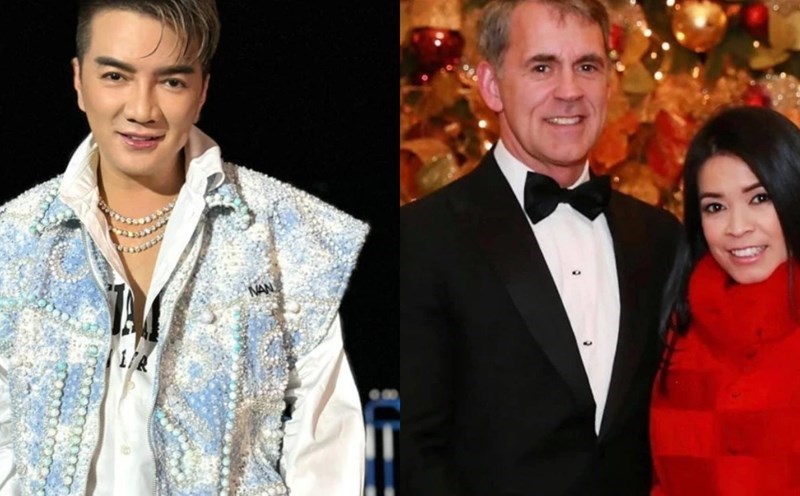According to Huawei Central, the Huawei Mate XT 2 model - the next tri-fold smartphone is ready to launch in September. Meanwhile, Samsung is expected to introduce its first tri-fold smartphone in October 2025.
Currently, the next version of the Huawei Mate XT has overcome the first certification barrier. Accordingly, this phone model will support 5G. It will also be equipped with satellite communications to connect stably to communication numbers, even in areas with weak or no networks.
Most likely, it will also be equipped with a new generation Kirin 9020 5G chipset. However, Huawei has not yet provided official information. The Kirin 9020 was launched with the Mate 70 series. It also equipped the Pura 80 series with a new design and an improved core. In case the 9020 5G chipset is not used, the new device can use the Kirin 9020s processor.
The new device will bring significant upgrades to the camera. It is likely to own a new 50MP main lens with a change in aperture and a potential telephoto lens. Other changes, such as batteries and screens, have not yet been revealed.
To date, Huawei is the first company to create the world's first tri-fold smartphone. The Mate XT model was launched globally last year and has made many impressions. The next version of the Mate XT 2 is expected to compete with other premium phones such as the iPhone 17 series and Samsung's first tri-fold device.
As for Samsung, the company's leaders have emphasized the goal of launching its first tri-fold phone by the end of this year, but the official time has not been confirmed.
Roh Tae-moon, Acting Director of device Experience at Samsung Electronics, said: "We are working hard to develop a tri-fold smartphone with the goal of launching later this year.
We are currently focusing on perfecting the product and the ability to use it, but have not yet decided on the name. When the product is almost completed, we plan to make a final decision soon.
Meanwhile, some major phone manufacturers have also been hesitant about plans to launch tri-fold smartphones such as Xiaomi, Vivo or Apple, but so far they have not become a reality.











